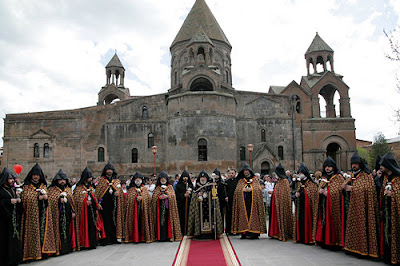Climate
The climate in Armenia is a highland continental, summers being dry and sunny, while winters are cold and have plenty of snow. Yerevan, the capital city, features varies in temperature. In the winter, the temperature of Yerevan may go down to 10 degree centigrade, while in extreme summer the temperature rises above 40 degree centigrade. The climate in Armenia also has variations of rainfall pattern. The yearly precipitation in the low-lying regions is significantly lower than that of the mountainous terrains. The Arax River valley receives 12 inches of rainfall yearly on average, and the mountain ranges of the Armenian Territory receive heavy rainfall all through the year. The rainy season occurs twice a year; the first one lasting from spring to early summer while the months of October and November experience the second half of the rain.
Waste management in Armenia is underdeveloped, with no waste sorting, or recycling takes place in Armenia's landfills, air, water, and soil pollution are other issues that of which are concerning. Armenia was faced with an energy crises in the 1990s which people scavenged for firewood ultimately led to deforestation.
Resources
http://www.mapsofworld.com/armenia/armenia-climate.html
http://en.wikipedia.org/wiki/Armenia#Location
http://geography.about.com/library/cia/blcarmenia.htm







